I am currently disassembling a test program I made to better understand how things work under the hood. I am using Cheat Engine, which has disassembly and debugging capabilities, similar to Ollydbg.
I noticed that there are inconsistencies in the endianness used to display data. Here is a picture:
If the data is being displayed in a fixed size container, such as registers, immediate instruction operands, or a stack item, then the data will be displayed in big-endian format.
If the data is displayed in a continuous container, such as the memory dump window in the bottom left, or in the machine code bytes dump under the "bytes" column at the top left, the same data will be displayed in little endian.
However, I am unsure if this is a feature of the display, or a feature of the ISA (data is converted in endianness when written to certain locations, or something).
Why am I seeing this?
